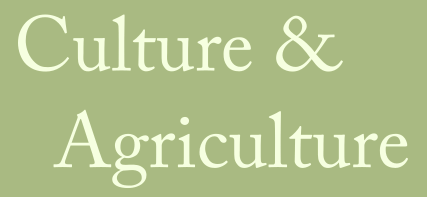THE AGENCY OF A COW
Every week, Culture & Agriculture gathers the latest happenings in the anthropology of farming. This week: genetic agency, sharing and conspicuous (insect) consumption.
What is the agency of a single bull? The Atlantic has a story on Pawnee Farm Arlinda Chief, the individual whose genes now constitute 14% of all DNA in Holstein cows. His timely encounter with the nascent practice of artificial insemination has led to $30 billion in additional milk production, but also to over 500,000 spontaneous abortions due to a mutation he introduced into the population. This mutation was only discovered much later, and serves as a warning that new breeding techniques generate unpredictable possibilities and outcomes.
On that note, results are in from the first field trial of GM Golden Rice, seventeen years after being engineered in the lab. Farmers will apparently be allowed to save and share seed, but it’s hard to say how this will impact smallholders and food systems. As to the perennial GMO debate, a fairly damning report came out from the New York Times on yield and pesticide use (see a response here).
Of course, issues around genetically modified crops go far beyond yield and inputs to new constructions of ownership and property. While a proprietary licensing paradigm has also expanded to machinery and data, its (sometimes) benign twin – the sharing economy – is also spreading into food production with Airbnb for gardens and Uber for tractors.
Food First’s Hartman Deetz has published a report from the front lines at Standing Rock, highlighting some of the connections with food and agriculture. In the Philippines, indigenous farmers are also mobilizing for fair treatment, and in other native agriculture developments, the Navajo Nation is working out a deal for the first domestic cultivation of industrial hemp in recent years.
In Ontario, attempts to reduce neonicotinoid use and protect vulnerable honeybee populations are proving more complex than originally conceived. Another strategy, from entomologists at Washington State University, is the first ever bee sperm bank. It’s likely that much of the critical analysis of banks for seed germplasm (e.g. van Dooren 2010) could also be applied to such practices. Other insects, at the first ever wine and bug pairing in Los Angeles, are not for conserving but for conspicuously consuming.
